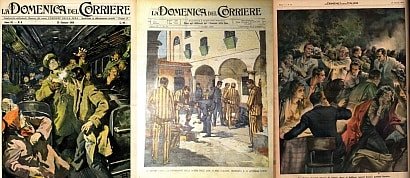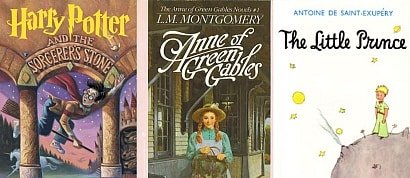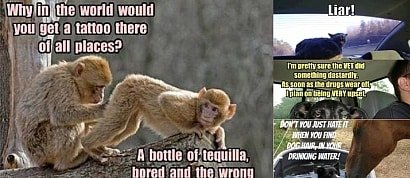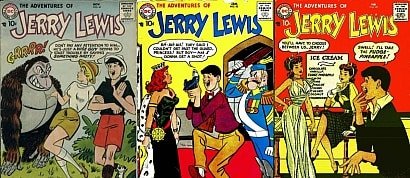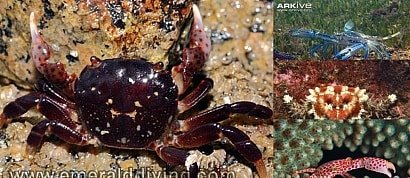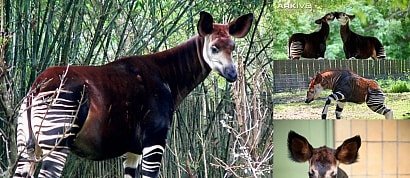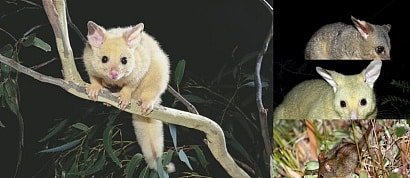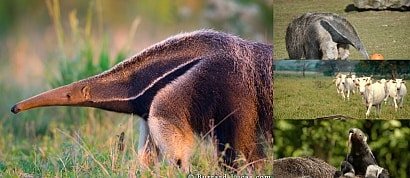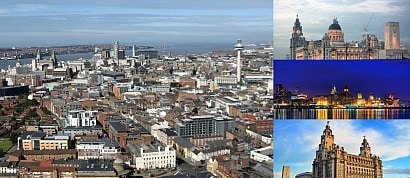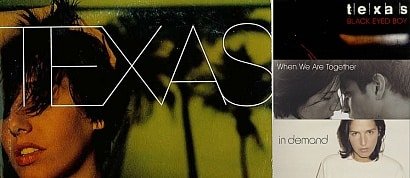A list of my favorite images of mongooses.
en.wikipedia.org/wiki/Mongoose
A mongoose is a small carnivoran member of 33 living species in southern Eurasia and mainland Africa of the family Herpestidae. Four additional species from Madagascar in the subfamily Galidiinae, which were previously classified in this family, are also referred to as "mongooses" or "mongoose-like". Genetic evidence indicates the Galidiinae are more closely related to other Madagascar carnivorans in the family Eupleridae, which is the closest living group to the true mongooses.
The word "mongoose" is derived from the Marathi name mungus. The form of the English name (since 1698) was altered to its "-goose" ending by folk-etymology. It has no etymological connection with the word goose. The plural form is mongooses, or, rarely, mongeese. Historically, it has also been spelled "mungoose".
Mongooses live in southern Asia, Africa, and southern Europe, as well in Puerto Rico and some Caribbean and Hawaiian islands, where they are an introduced species.
There are 33 species, ranging from 24 to 58 cm (9.4 to 22.8 in) in length, excluding the tail. Mongooses range in weight from the common dwarf mongoose, at 320 g (11 oz), to the cat-sized white-tailed mongoose, at 5 kg (11 lb).
Mongooses bear a striking resemblance to mustelids, having long faces and bodies, small, rounded ears, short legs, and long, tapering tails. Most are brindled or grizzly; few have strongly marked coats. Their nonretractile claws are used primarily for digging. Mongooses, much like goats, have narrow, ovular pupils. Most species have a large anal scent gland, used for territorial marking and signaling reproductive status. The dental formula of mongooses is similar to that of viverrids: 3.1.3-4.1-23.1.3-4.1-2.
Mongooses also have receptors for acetylcholine that, like the receptors in snakes, are shaped so it is impossible for snake neurotoxin venom to attach to them. Researchers are investigating whether similar mechanisms protect the mongoose from hemotoxic snake venoms.
Some species lead predominantly solitary lives, seeking out food only for themselves, while others travel in groups, sharing food among group members.
In contrast to the arboreal, nocturnal viverrids, mongooses are more commonly terrestrial and many are active during the day.
The Egyptian mongoose (Herpestes ichneumon) is sometimes held as an example of a solitary mongoose, though it has been observed to work in groups.
Mongooses mostly feed on insects, crabs, earthworms, lizards, snakes, birds, and rodents. However, they also eat eggs and carrion.
The Indian gray mongoose and others are well known for their ability to fight and kill venomous snakes, particularly cobras. They are adept at such tasks due to their agility, thick coats, and acetylcholine receptors, which render them resistant or immune to snake venom. However, they typically avoid the cobra and have no particular affinity for consuming its meat.
Added to
People who voted for this also voted for
All Facial Expressions in 1 List!
Laraine Day's Pictorial
Animal World, Part 2; Them And Us
"La Domenica del Corriere"_14
The most popular books in Poland, 2014
Audrey Hepburn's Comedies And Musicals
Animal Humor, Part 7
Actresses And Models_31_1930s, 1940s, 1950s, 1960s
My Movie Highlights of 2006
My Movie Highlights of 1991
DC Comics' "Jerry Lewis"_1957/1958
My Playlist - May 2014
'40 movies
Kim Novak's Comedies
My Movie Highlights of 2007
More lists from kathy
Favorite Images of Crustaceans #1
Favorite Images of Okapis
Favorite Images of Possums
Favorite Images of Anteaters
Favorite Images of Dogs & Puppies #6
Favorite Images of Liverpool Landmarks
Favorite Songs by Texas
 Login
Login




































